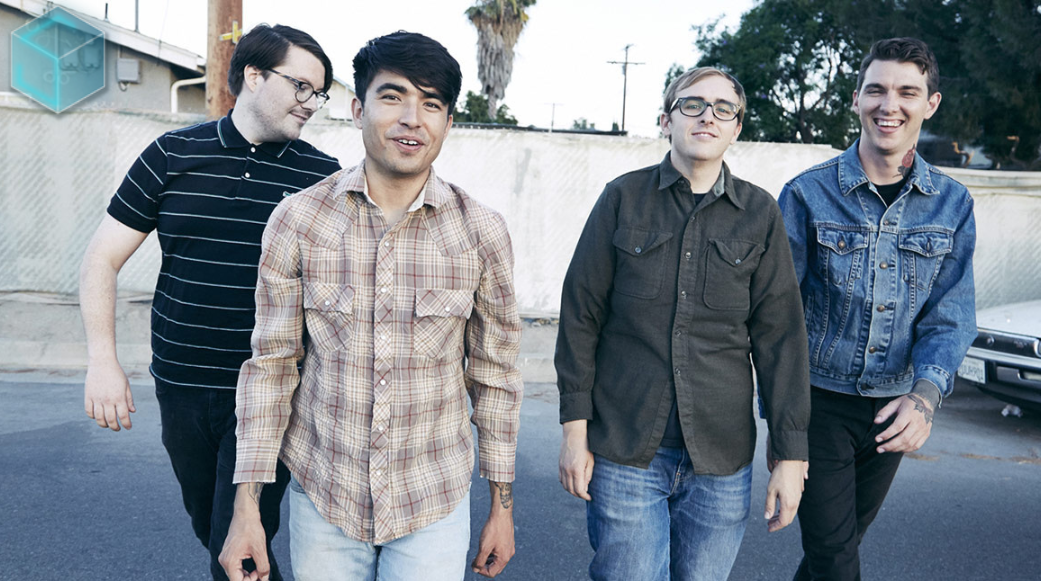
August 21, 2025
Cardi B is officially back in album mode. On Friday, the rap superstar released her new single “Imaginary Playerz,” a bold track that samples Jay-Z’s classic “Imaginary Player.” The release comes...
Read more
August 21, 2025
Gary Oldman opened up about his decades-long friendship with the late David Bowie, calling the world a very different place since the music icon’s death in January 2016. In a heartfelt interview...
Read more
August 21, 2025
The Queen of Pop just proved she's still the ultimate trendsetter even when it comes to birthday cakes. Madonna rang in her 67th birthday with a luxurious Italian getaway capped off by an enormous...
Read more
August 20, 2025
Former Little Mix star Jade Thirlwall isn't mincing words about artists who avoid political engagement, specifically calling out The 1975's Matty Healy for what she sees as a privileged stance. In...
Read more
August 20, 2025
PinkPantheress has once again cracked the code of Gen Z’s collective brain chemistry with her track Illegal. It’s short, it’s addictive, and it’s the kind of song that makes you feel like you’re...
Read more
August 20, 2025
Conan Gray has never been shy about writing songs that feel like reading your high school diary at 2 a.m. with the lights off. But with Caramel, he’s gone full Willy Wonka heartbreak mode. It’s...
Read more
August 20, 2025
PinkPantheress has always had a gift for making music that feels like it was recorded inside your daydreams, half diary entry, half late-night Tumblr scroll. With Romeo, she’s taken that talent and...
Read more
August 20, 2025
Every so often, a song arrives that feels less like a single and more like a cinematic event. LISA’s latest release, DREAM featuring Japanese actor and heartthrob Kentaro Sakaguchi, is exactly that...
Read more
August 20, 2025
If Cardi B has taught us anything, it’s that she doesn’t just rap, she throws down verbal haymakers wrapped in couture and glitter. Her new joint, “Imaginary Playerz,” is a full-on drag session for...
Read more
August 20, 2025
Everyone’s favorite pop-punkers, Joyce Manor, are back with their first new song in three years. The surprise single, “All My Friends Are So Depressed,” is out now via Epitaph Records, blending...
Read more
August 20, 2025
In 2025, Christian culture is prevalent, although it was previously on the outside of popular music. The Billboard Hot 100 is dominated by religious-themed songs like Benson Boone's...
Read more
August 20, 2025
Michael Tait, a well-known Christian rock musician (DC Talk, Newsboys), has admitted to engaging in "unwanted sensual" behavior and substance misuse for decades. Multiple accusers allege abuse...
Read more
Photo Source: Damon Linker
The History of Rock Music
One of the most iconic and well known genres of music is rock. It has been around for many decades, and it continues to evolve to this day. This article will discuss the story of how rock came to be and how the genre changed and progressed throughout the years.
The origins of the rock genre can be traced back to the 1940s in the Southern United States, utilizing elements of a number of preexisting African American genres of music such as blues, jazz. gospel, and boogie-woogies, as well as country music. The defining features of this new genre were a saxophone, piano, or electric guitar (the guitar was used the vast majority of the time from the 1950s onward) as the lead instrument, a dance-like rhythm, catchy guitar riffs, and a snare drum being used to create a back-beat. Rock music continued to grow in popularity after its inception, and reached mainstream levels of fame in the 1950s with the emergence of hit rock artists like Chuck Berry, Fats Domino, Little Richard, and, of course, the ‘king of rock’ Elvis Presley. The rise of this new genre in the 1950s also paved the way for the development of new genres such as soul music and surf music.
By the 1960s, rock music had pushed out of the United States into the global community. It had become popular in many countries, including Britain, the USSR, Yugoslavia, Australia, Sweden, Norway, and a number of South American countries, and new rock groups started to surface in these places. One such example that is particularly notable was the rise of rock bands from the United Kingdom, often referred to as the ‘British Invasion’, including groups such as the Beatles, the Rolling Stones, the Yardbirds, and the Kinks. These bands reinvigorated the rock genre with a fresh sound that was inspired by American rock n’ roll, blues, surf, and R&B, and they became wildly popular both in Britain and in the United States. The Beatles in particular became extremely well-known in the US as they toppled American rock artists from their positions on the charts and took their places.
Rock continued to evolve in the mid 1960s and 1970s with the introduction of new forms of rock such as psychedelic rock, progressive rock, and heavy metal. Bands and artists such as Pink Floyd, Jimi Hendrix, Jefferson Airplane, and the Grateful Dead were trail-blazers of psychedelic rock, which was characterized by distortion effects and guitar feedback. As the name implies, psychedelic rock corresponded with the usage of mind-altering, psychedelic drugs, and the themes used in this style of music were often tied to psychedelic experiences.
Progressive rock was defined by the experimentation of instruments not yet used in rock music including the harpsichord and electronic keyboard, complicated musical scores and time signatures, and aspects of musical story-telling with grand themes and lyrics steeped in symbolism and metaphor. Popular bands that produced progressive rock music were Pink Floyd (their earlier music was considered psychedelic rock and their newer music was seen as progressive rock), Yes, Foreigner, Boston, Kansas, Genesis, and Journey.
The heavy metal and hard rock genre appeared around the same time as psychedelic rock and progressive rock. Described by fierce guitar riffs, and powerful chord progressions, often with political or anti-establishment themes, this genre also became very popular as bands like Black Sabbath, Led Zeppelin, Motorhead, and Deep Purple came to be. Heavy metal also evolved into a multitude of different styles of metal, including thrash, death, black, progressive, and power metal.
From the late 1970s into the 1990s, rock continued to evolve, resulting in new sub-genres such as punk rock, new wave, and grunge. Punk rock also embraced the anti-establishment tones of heavy metal, but was characterized by short songs, incredibly quick tempos and guitar riffs, and music that was fairly simple in composition (as opposed to progressive rock). Notable punk bands include the Sex Pistols, the Clash, the Ramones, and Green Day.
The new wave genre was similar to punk rock but was seen as more mainstream and less edgy, and therefore had a higher level of commercial success with the big label companies. In addition, new wave also made more use of new instruments like synthesizers, and employed various new production methods to achieve interesting novel sounds. Influential new wave groups include the Cars, the Police, Flock of Seagulls, Culture Club, and Duran Duran.
Grunge music emerged in the late 1980s (mostly in the Pacific Northwest USA) and made a statement against the mainstream music of the time. It utilized elements of heavy metal and punk rock to create a new style of music defined by guitar feedback, distortion effects, dirty and depressing undertones, and lyrics with dark, indifferent themes. Pioneers of grunge include Nirvana, Soundgarden, Pearl Jam, and Alice in Chains.
Since then, rock music has continued to change, with new sub-genres such as alternative rock, indie rock, and nu metal becoming popular in the 21st century, and it is very likely that rock isn’t going anywhere anytime soon. I personally am looking forward to what the future holds for the iconic rock music genre.